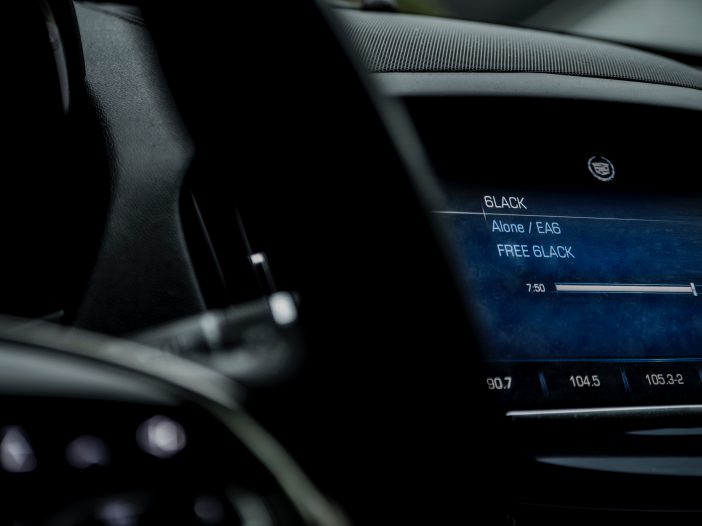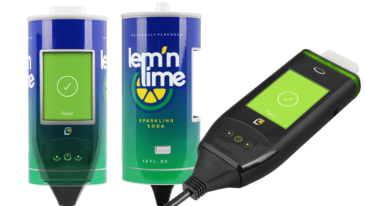
What Causes Ignition Interlock Device Problems?
If you are experiencing problems with your interlock device don’t worry! There are some quick solutions to some of the most common ignition interlock problems that can be easily implemented and ensure you are back on your way in short order. In this article, we’ll break down some of the most common problems you might run into, and outline how you can address these problems. Some issues will require you to take your device back to a service center, so understanding these problems, their causes, and their solutions from the beginning will often allow you to avoid this outcome.
Many ignition interlock deviceproblems stem from a failure to use the device as intended, so to avoidthese outcomes be sure to closely consult with the product manual. You are alsoresponsible for fully understanding and complying with all of the requirementsfor your program. Take some time to read and understand the requirements setforth for you, and contact the agency overseeing your program if you have any questions.
Avoid Alcohol Based Products
One of the most common problemswith interlock device that people run into is a failed test. If youhaven’t consumed alcohol, you might be surprised and confused if you fail atest. Typically, failed tests stem from the use or presence of alcohol-basedproducts near the testing device. There are tons of items in our daily livesthat contain alcohol. Some of these products we consume, like mouthwash orcandies, or bread and other products that contain yeast. Other products maysimply be used around the device, such as cologne and perfume, hand sanitizer,and certain types of air fresheners.
In order to avoid a failed test, be sure to be mindful of when you usealcohol-based products and where you store alcohol-based products. Don’t storealcohol-based products near your testing device or in the trunk of your car.Also, don’t consume products that contain alcohol, such as mouthwash, less than15 minutes before you take a test. If you just finished eating, remember towait at least 3 minutes before attempting a test. If you have eaten productsthat contain yeast or alcohol, be sure to clean out your mouth with waterbefore attempting a test.[1]
Keep Your Device Dry
Your ignition interlock device must be kept dry in order to function properly. One thing that peopleoften overlook is the water vapor that we naturally exhale. This water vaporcan condense in the device’s mouthpiece, resulting in inaccurate or failedreadings. An easy way to avoid this problem is to visually inspect your devicemouthpiece prior to use to ensure that no condensation is present. Ifcondensation is present you should replace the wet mouthpiece with a dry oneprior to testing. Ignition interlock device mouthpieces are reusable, so cleanout and dry the mouthpiece that has condensation. Keeping an extra mouthpiecein your vehicle can help you avoid a situation where condensation is preventingyour vehicle from starting.
Insufficient Sample
Your ignition interlock device requires a minimum of 3-seconds to gather a sample and complete atest. If your sample is insufficient, you will be given a warning on the deviceindicating that this is the case. If you are experiencing problems with this,don’t worry, there is a simple solution. The best approach to address thisproblem is to be calm before the test, take a deep breath, and exhale slowly.By exhaling slower than you normally would you give the device long enough to collect a sample.
Invalid Sample
In some cases, your device may display an “Invalid Sample” warning following atest. This problem typically occurs when the device detects an irregular breathsample following a test. If this occurs for you, take a moment and regroup.Most often this problem is the result of a failure to properly conduct the testin the first place. Consult your documentation and refer back to the trainingon the device that was given to you at the time the device was installed. Onceyou are comfortable, repeat the test utilizing the correct blowing procedureand you should have success. If the message repeats, your device may need to beserviced, so be sure to contact Low Cost Interlock for guidance.
Final Thoughts
Most of the problems that occur with an ignition interlock device are avoidable ifyou follow the correct testing procedures, device manual, and your programrequirements. Using the device in an incorrect manner may result in a failedtest and a program violation, so be sure to closely read your device manual andprogram requirements prior to using the device. While it can be stressful whena problem occurs, most problems can be quickly and easily addressed.
Sources
[1]https://www.lowcostinterlock.com/wp-content/uploads/2018/06/2018-04-04-LCI-Device-Operations8b-PGS.pdf


